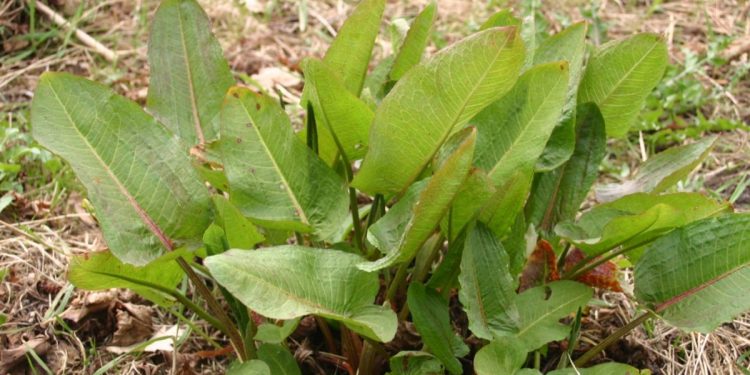#PlantRestoration #SoilHealth #Phytoremediation #SustainableAgriculture #EcosystemRestoration #InvasiveSpeciesManagement
Rumex obtusifolius, also known as bitter dock or broad-leaved dock, is a plant species commonly found in disturbed areas such as roadsides, waste grounds, and abandoned fields. While it is considered an invasive species in some regions, recent research has shown that Rumex obtusifolius can play a significant role in soil restoration efforts.
Studies have found that Rumex obtusifolius has a deep root system that can penetrate compacted soils, helping to break up hardpan and improve soil structure. The plant also has high levels of nutrients such as nitrogen, potassium, and phosphorus, which can be released into the soil as the plant decomposes.
Another benefit of Rumex obtusifolius is that it can help to suppress other invasive plant species. The plant produces a chemical called emodin, which has been shown to inhibit the growth of other plants in the surrounding area.
Despite these benefits, some people still consider Rumex obtusifolius to be a nuisance weed. However, with the right management practices, this plant species could be a valuable asset in soil restoration efforts.
One potential application of Rumex obtusifolius is in the restoration of contaminated soils. Studies have shown that the plant can help to remediate soils contaminated with heavy metals, such as lead and cadmium, by absorbing these toxins into its tissues.
In addition, the plant could be used in the restoration of degraded soils in agricultural and forestry settings. By improving soil structure and providing nutrients, Rumex obtusifolius could help to restore soil health and improve crop yields.
Overall, the exploration of Rumex obtusifolius as a soil restoration tool could have significant implications for sustainable agriculture, environmental remediation, and ecosystem restoration efforts.

